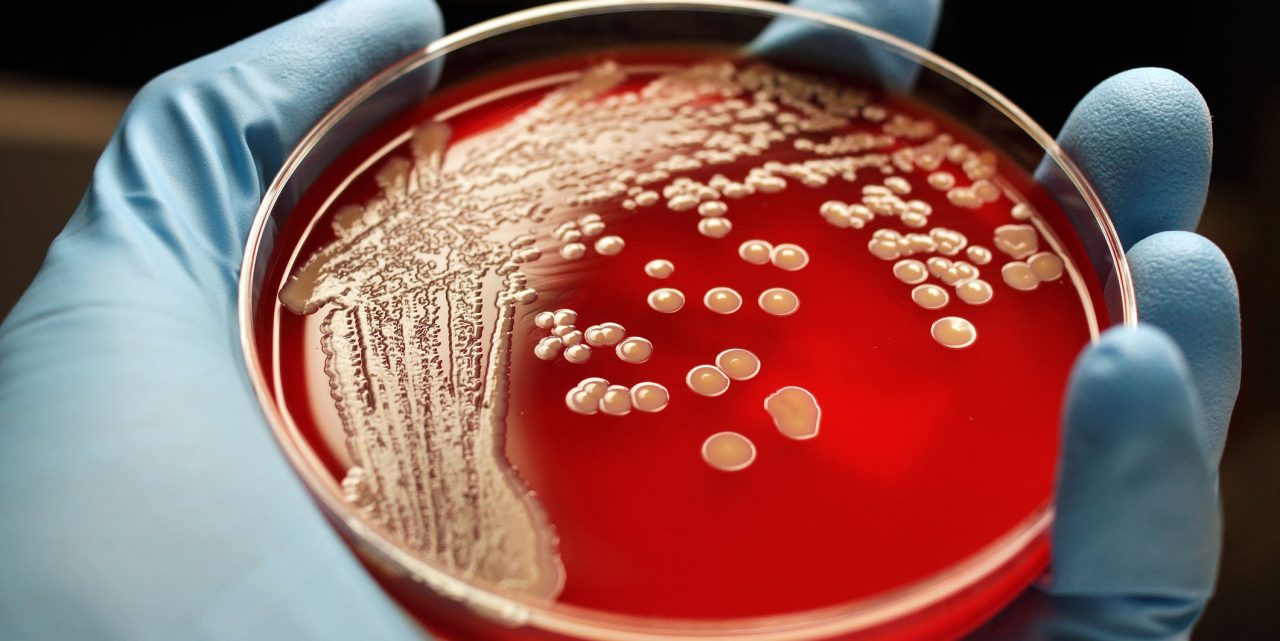How Do You Get MRSA?

How do you get MRSA? This antibiotic-resistant bacterium occurs in hospitals, schools, and gyms. It can be treated after a proper diagnosis. Learn more here.
What is MRSA infection?
Methicillin-resistant Staphylococcus aureus, or MRSA, is a type of staph bacterium that is resistant to many antibiotics. Like normal Staphylococcus aureus, MRSA can cause a variety of infections, ranging from uncomfortable but mild skin infections to potentially fatal conditions like blood poisoning.
MRSA cannot be treated with beta-lactam antibiotics, including methicillin, penicillin, amoxicillin, and oxacillin. This makes MRSA infections more difficult to treat than typical staph infections.
YOU MIGHT ALSO LIKE: Side Effects of Amoxicillin
The Centers for Disease Control and Prevention (CDC) divides MRSA infections into two types: those that occur in the community and those in healthcare settings.
Community-associated (CA-MRSA) infections happen in schools, daycares, offices, and gyms. They generally occur in the form of skin infections or lung infections, such as pneumonia.
Healthcare-acquired infections (HA-MRSA) occur in hospitals or nursing homes. In those situations, MRSA can spread quickly, infecting wounds or causing bloodstream poisoning. Patients who are already weak, recently had surgery, or are suffering from other infections are more vulnerable to MRSA.
Methicillin-resistant Staphylococcus aureus evolved over the second half of the 20th century, and many healthcare researchers believe that was due to overuse of antibiotics. When it was first discovered, MRSA was found in healthcare settings only, but community strains began to appear in the 1990s.
The National Institutes of Health considers the development extremely dangerous.
How do you get MRSA?
One in three people carry Staphylococcus aureus somewhere in their noses or on their skin, and two in every 100 people carry MRSA. Most people will never get ill from the bacteria. But when MRSA gets into open wounds, enters your bloodstream, or affects organs like your lungs, it can cause an infection.
MRSA is transmitted through direct or indirect contact. It can travel between people or on objects such as bedding, food, and razors. Bathrooms, kitchens, and gyms often have these bacteria. CA-MRSA often enters your body through open cuts or scrapes, causing them to become red and swollen.
In hospitals, you can get MRSA directly from a healthcare professional or another patient, usually if they touch you before washing their hands. MRSA infections are especially common for people who have recently had surgery, use medical devices such as catheters or feeding tubes, or have prosthetics.
How contagious is MRSA?
Both forms of MRSA are highly contagious. The specific strains of staph bacteria that make up CA-MRSA are different from the ones found in healthcare settings, which may help them spread more easily from person to person.
MRSA infections are most likely to affect the elderly, those with weakened immune systems due to disease or surgery, and children whose immune systems have not fully developed.
How to treat MRSA
While MRSA is resistant to beta-lactams, it can sometimes be treated by other, less common antibiotics. To prevent more antibiotic resistance from developing, however, doctors will not always prescribe medication.
Skin infections, for example, can often be treated by draining the wound, then keeping it clean and allowing it to heal. If you think you may have a skin infection, do not try to treat it yourself or pick or pop sores. That can cause the infection to become worse.
More serious infections, particularly those in healthcare settings, are treated with antibiotics. If an MRSA infection does not respond to antibiotics, doctors will treat what it causes, such as the symptoms of pneumonia, and wait for the infection to heal on its own.
Can MRSA be cured?
With proper treatment, MRSA can be cured completely. Visiting your doctor if you suspect you are ill is the first step to curing MRSA.
MRSA requires treatment only if it has caused an infection. If you are in the 2 percent of the population that carries MRSA without infection, you do not need to be treated or cured.
As with most staph infections, proper hygiene can prevent MRSA infections. For example, a study released by the CDC found that the use of germ-killing soap and ointment in hospital intensive care units reduced cases of MRSA by 40 percent.
If you have a MRSA infection, ask your doctor about precautions to prevent the disease from spreading. They may include washing bedding and clothing, taking time off from work or school, and avoiding food preparation until your MRSA is cured.
Updated:
June 27, 2023
Reviewed By:
Christopher Nystuen, MD, MBA